SFLO (Smart Facility Location Optimizer) optimizes facility locations in supply chains. For global as well as domestic companies, SFLO calculates ideal geographical locations and capacities for manufacturing plants and inventory warehouses. In addition, SFLO assigns customers to the best distribution centers so as to minimize the logistics costs while it is satisfying capacity and operational constraints.
SFLO has been applied to diverse industries, including automobile, chemical, petroleum, auto-parts, food, and express package delivery. Also it has been used in different geographical areas, such as US, Europe, Japan and Taiwan.
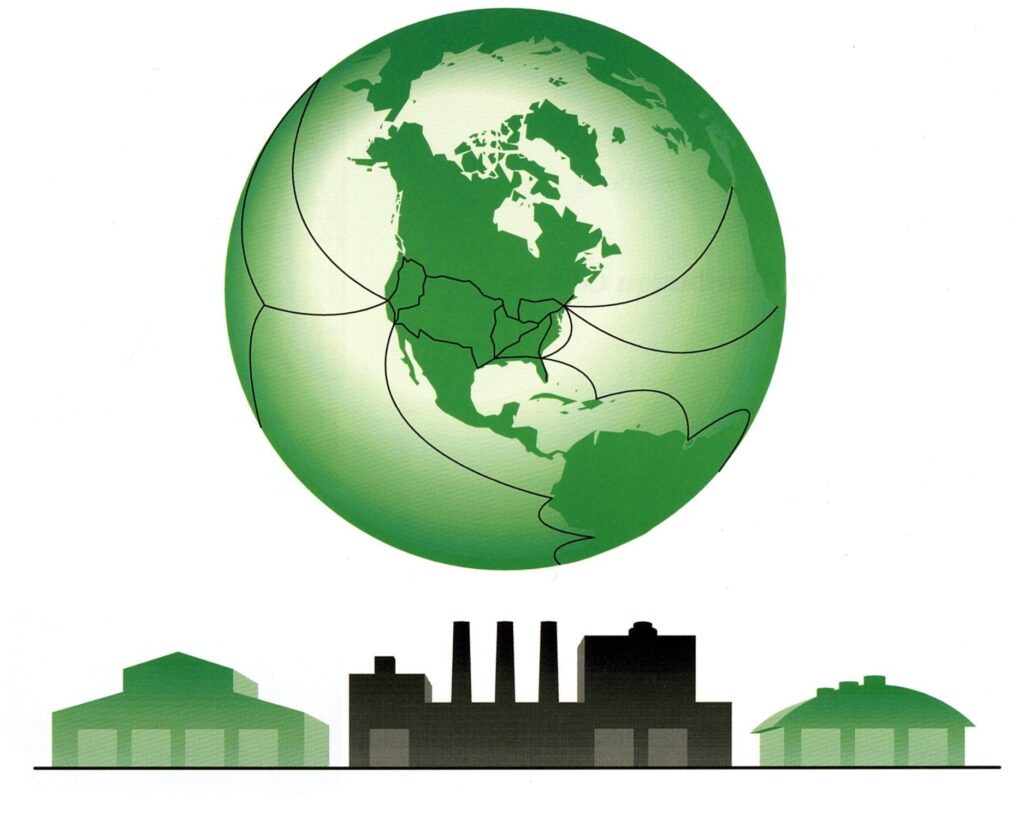
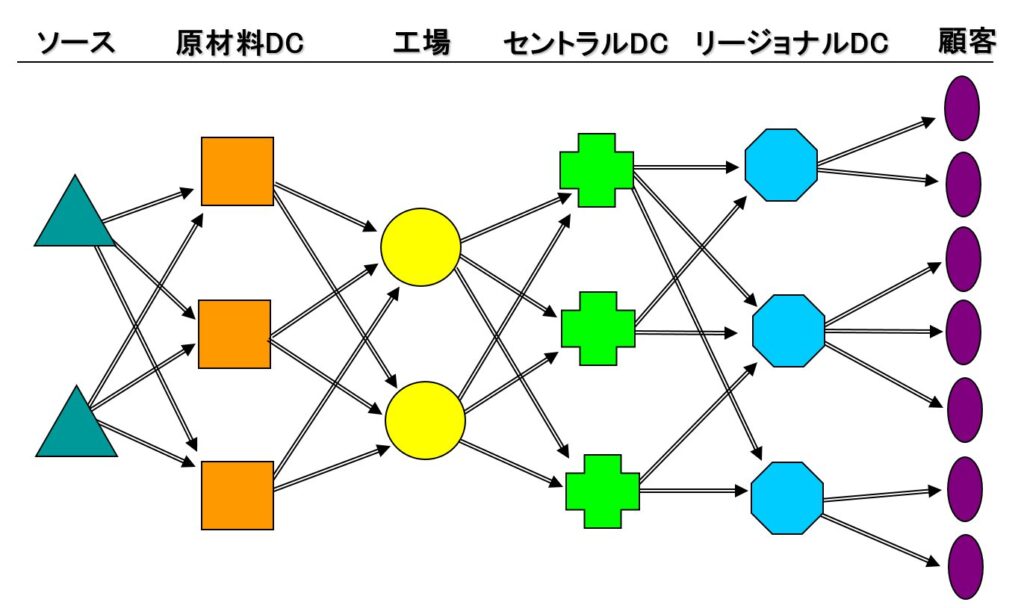
SFLO helps designing strategic supply chains. Examples include
- starting a new supply chain in a new territory
- consolidation of existing warehouses and manufacturing plants
- analyzing distribution strategies for new products
- capital investment analysis for new facilities or equipment
- M&A analysis
- contingency plan development for natural disasters and wars.
Comprehensive Modeling Functions
SFLO has numerous modeling functions to represent different facilities in diverse industries. Below are some examples
- Full modeling functions from upstream (raw material and parts inventory) to downstream (warehouses and customer sites)
- Incorporation of practical constrains by parameterizing facility features (processing inventory capacities) and transportation lead times
- Realistic optimization solutions by scenario management functions due to demand forecast and future unknows
- Representation of accurate tariff tables for TL and LTL carriers, different transportation modes (dedicated, non-dedicated truck, rail, air, and sea)
- Fast calculation for highway distance and traveling times in many different global regions
Expected Benefits
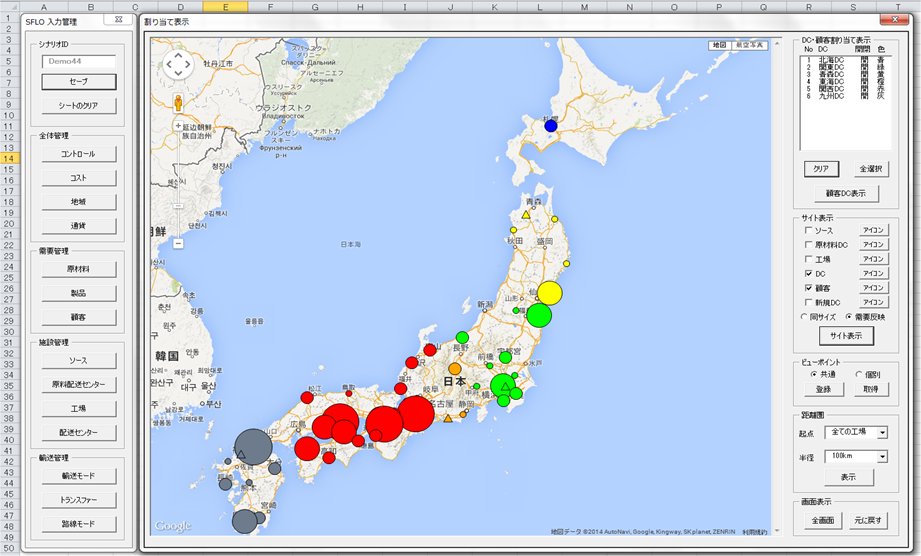
- reduction of distribution cost by 5~15 %, reduction of transportation and inventory cost by 5~10%
- High quality decision making due to meticulous calculation of many different scenarios and avoidance of mistakes by wrong intuitions and misunderstandings
- Reduction of transportation costs and improved service qualities by smart selection of carriers and services
- Increased security by developing emergency plants for natural disasters, fires, accidents, regional wars
Application Examples
1. Tire Distribution Network for North America
A major tire manufacturer reorganized its distribution network in Canada, US and Mexico when a new trade treaty was signed among three countries. SFLO was heavily used for several months to compare various options on distribution networks. At the end , this company saved substantial distribution cots and improved customer service qualities by consolidating dozens of warehouses and distribution centers.
2. M&A Analysis for Food Supply Chains
In an M&A situation, it is often taken for granted to create an efficient supply chain by merging two incoherent distribution networks. Our experience shows caveats; i.e. it is rather difficult to find a best way to merge such two networks.
We strongly recommend that the SFLO analysis should take place long before the final M&A decision in order to avoid unexpected mistakes by hidden costs, potential legal violations and/or unrealistic operational requirements.
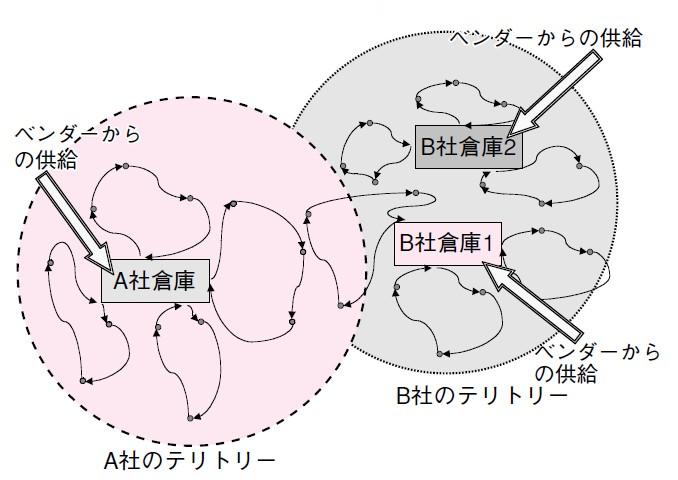
3. Emergency Network in case for Earthquake
A case was analyzed by SFLO to design the develop an emergency plan when a major earthquake disrupts metropolitan areas of Japan. (Usui et al. "Supply Chain Evaluation System for Earthquake Risks ISSOP®-SCM", Operations Research, Sciences of Management, Vol. 54, No.11, pp.664-667, 2009.
In this article, a system was described for developing business contingency plans (BCP)for manufacturing and distribution
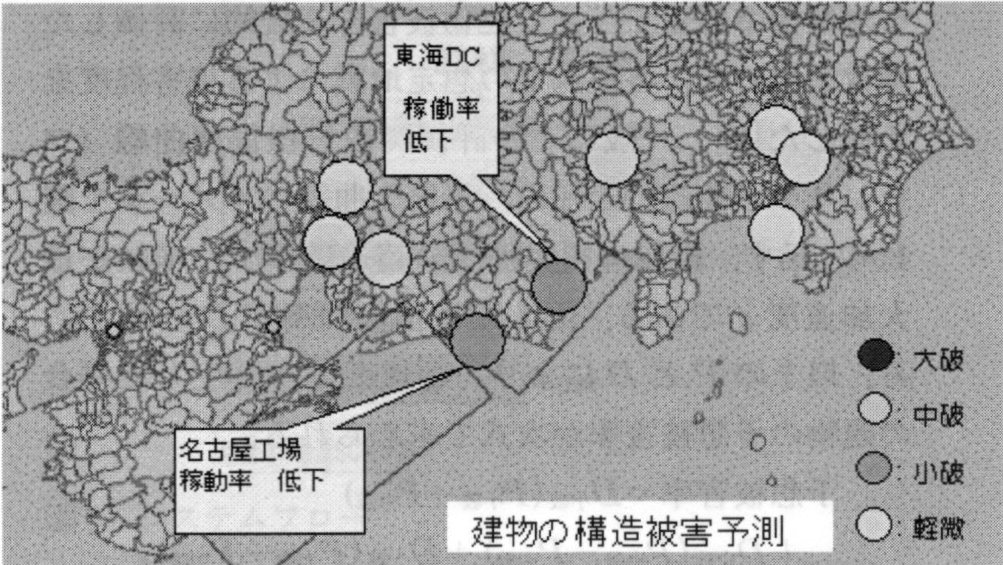
Computational Environment and Licensing
SFLO runs on a Windows PC under Excel. Permanent licensing as well as rental options for limited customers are available.
